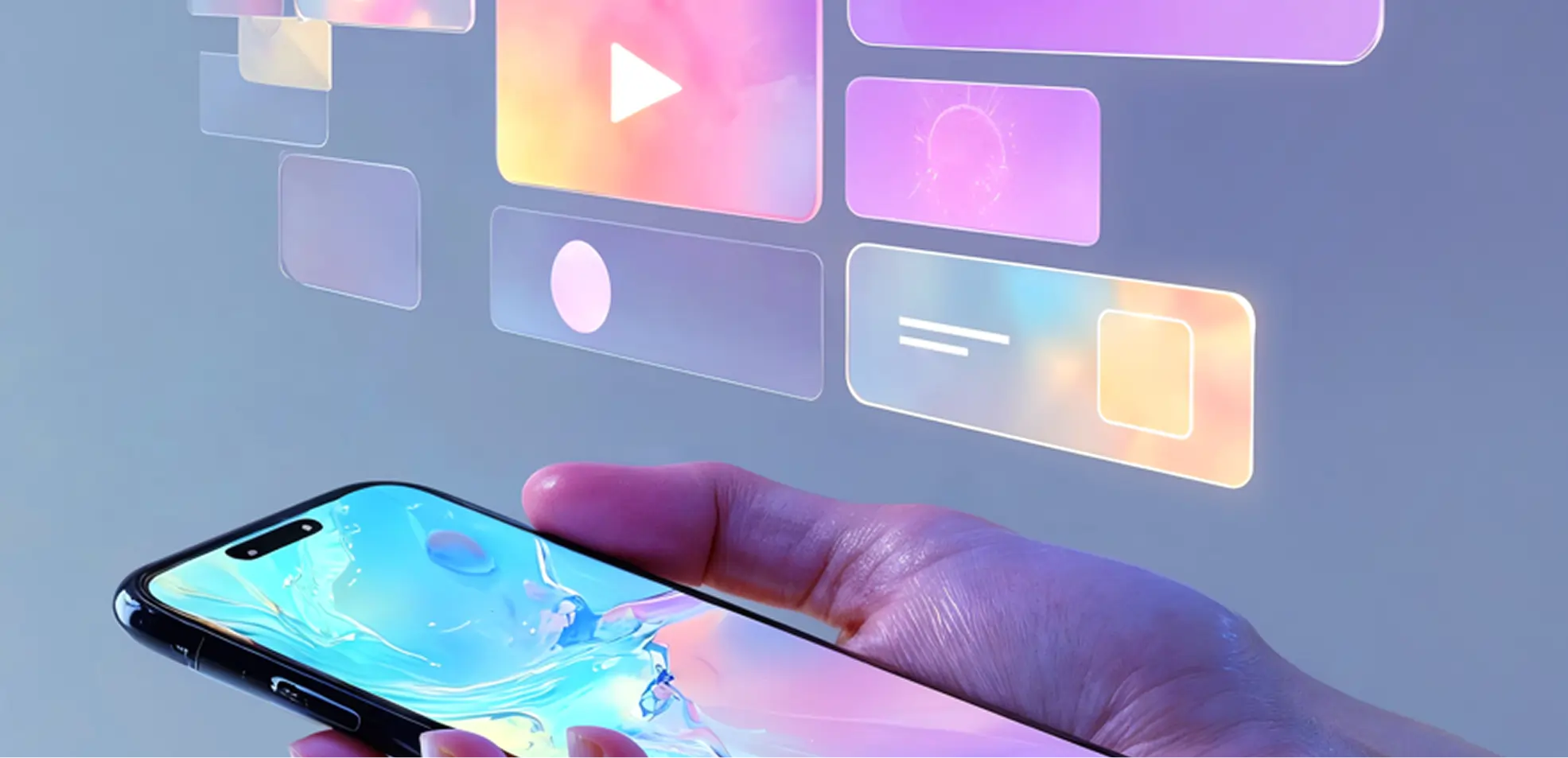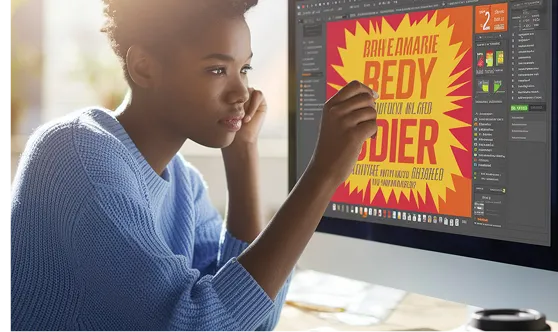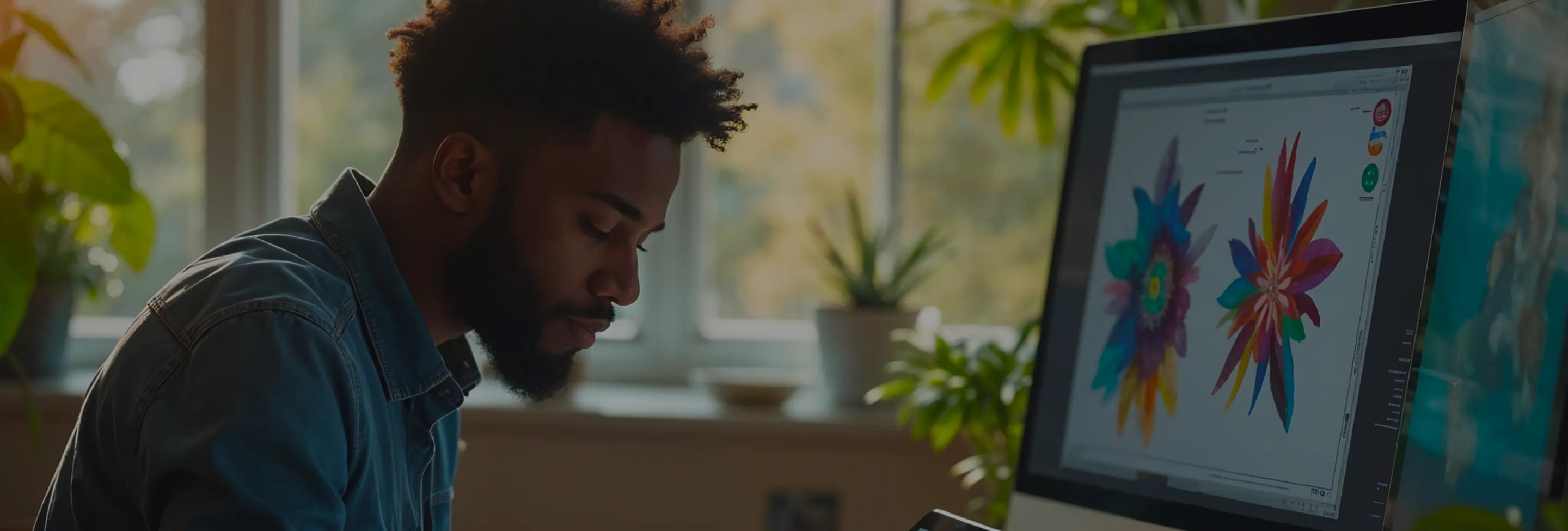
Our review of over 2,000 client consultations with leading graphic design agencies uncovered these 25 pivotal questions, encapsulating 90% of client inquiries and challenges. Whether you're launching a new brand, revamping your marketing materials, or enhancing your digital presence, this comprehensive Q&A will guide you through the essential aspects of graphic design services, ensuring you make informed and effective decisions.
Answer:
Graphic design services encompass the creation and combination of visual elements to communicate ideas and messages. These services can include logo design, branding, marketing materials (brochures, flyers), digital graphics (websites, social media), and more. Graphic designers use typography, imagery, color, and layout to create visually appealing and effective designs that align with a client's objectives.
Example:
A startup may hire a graphic design service to develop a comprehensive brand identity, including a logo, color palette, and business cards, to establish a professional and cohesive image in the market.
Answer:
Selecting the right graphic designer involves assessing their portfolio to ensure their style matches your vision, checking client testimonials for reliability and quality, evaluating their expertise in the specific services you need, and ensuring clear communication and mutual understanding of project goals.
Actionable Steps:
Answer:
A professional graphic design service should provide a clear project timeline, regular updates, creative and strategic input, multiple design concepts, revisions based on feedback, and final deliverables in the required formats. They should prioritize understanding your brand and goals to create designs that effectively communicate your message.
Important Note:
Ensure the service includes a contract outlining deliverables, timelines, costs, and revision policies to prevent misunderstandings.
Answer:
The graphic design process generally includes the following stages:
Follow-Up Explanation:
Each stage is crucial for ensuring the final design aligns with the client's vision and effectively communicates the intended message.
Answer:
Clients can effectively communicate their vision by:
Practical Example:
A client seeking a modern logo might include examples of sleek logos from their industry and specify preferences for colors like blue and white, while allowing the designer creative freedom in the iconography.
Answer:
Graphic designers commonly use software such as Adobe Creative Suite (Photoshop, Illustrator, InDesign), Sketch, CorelDRAW, and online tools like Canva for specific tasks. Collaboration tools like Slack, Trello, or Asana may also be used to manage projects and communicate with clients.
Actionable Tip:
Understanding the tools your designer uses can help facilitate smoother collaboration and file compatibility.
Answer:
Graphic design services can be priced based on hourly rates, per project fees, or retainer agreements. Factors influencing pricing include the complexity of the project, the designer's experience and expertise, the number of revisions, and the turnaround time.
Common Misconception:
Higher cost does not always equate to better quality, but extremely low prices may indicate limited experience or subpar work.
Answer:
Key factors include:
Actionable Solution:
Clearly define your project requirements and budget upfront to negotiate a fair price that meets both parties' expectations.
Answer:
Yes, many graphic design services offer package deals that bundle multiple services at a discounted rate. Packages may include a combination of logo design, branding materials, social media graphics, and website elements.
Example:
A branding package might include logo creation, business card design, letterhead design, and social media templates, providing cohesive branding across different mediums.
Answer:
The number of included revisions varies by designer and project scope. Typically, packages include 2-3 revisions. It's essential to clarify the revision policy in the contract to understand any additional costs for extra revisions.
Actionable Tip:
Request an initial meeting to discuss your expectations for revisions and ensure the designer's process aligns with your needs.
Answer:
Providing clear, specific, and constructive feedback is crucial. Highlight what you like and what needs changing, reference specific elements (e.g., color, typography, layout), and offer suggestions for improvement. Avoid vague comments like "I don't like it" without context.
Example:
Instead of saying, "I don't like the color scheme," say, "The blue tones used don't align with our brand's energetic image. Can we try a warmer palette with orange and yellow?"
Answer:
Open communication is key. Discuss the rationale behind design decisions and how they align with your goals. Be willing to compromise and consider the designer's expertise. If disagreements persist, revisiting the project brief together can help realign expectations.
Important Note:
Respect the designer's professional judgment while ensuring the final design meets your brand and objectives.
Answer:
Final deliverables typically include formats such as:
Actionable Tip:
Specify all required formats in your initial agreement to ensure you receive the necessary files for different applications.
Answer:
Yes, professional graphic designers can provide designs optimized for both digital and print use. This includes ensuring proper resolution, color profiles (RGB for digital, CMYK for print), and appropriate file formats.
Follow-Up Explanation:
Separate versions may be needed to maintain quality and color accuracy across different mediums.
Answer:
Designs should be adaptable to various sizes and formats, maintain visual integrity across different devices, and adhere to platform-specific guidelines (e.g., social media dimensions). Communicate the intended platforms to your designer to tailor the designs accordingly.
Example:
A logo designed for both website headers and social media profiles may include a primary version and a simplified version for smaller displays.
Answer:
Design accessibility involves using readable fonts, sufficient color contrast, alternative text for images, and intuitive layouts. Adhering to accessibility standards like the Web Content Accessibility Guidelines (WCAG) ensures that designs are usable by individuals with disabilities.
Actionable Steps:
Answer:
Current trends include:
Example:
A business adopting a minimalist logo with bold typography can project a modern and professional image.
Answer:
While graphic design itself doesn't directly impact SEO, visually appealing and user-friendly designs can improve user engagement and reduce bounce rates. Ensure images are optimized for web to improve loading times, use descriptive file names and alt text for images, and design with mobile responsiveness in mind.
Actionable Tips:
Answer:
A cohesive brand identity is crucial as it establishes recognition, builds trust, and communicates your brand's values and personality consistently across all platforms and materials. It differentiates your business from competitors and fosters a professional image.
Example:
Consistent use of colors, fonts, and logos across your website, social media, and printed materials reinforces brand recognition and loyalty.
Answer:
Many graphic design services offer comprehensive brand strategy consulting, which includes defining brand values, target audience, positioning, messaging, and visual identity development. Integrating strategy with design ensures that all visual elements align with your overall business goals.
Actionable Solution:
Engage in collaborative sessions with your designer to develop a brand strategy that guides all design decisions and future marketing efforts.
Answer:
Ownership rights should be clearly defined in the contract. Typically, upon full payment, clients receive ownership of the final designs, while designers may retain the right to showcase the work in their portfolios. Ensure that the agreement specifies the extent of usage rights, including any restrictions.
Important Note:
Discuss and document ownership terms before starting the project to avoid future disputes.
Answer:
Protecting your designs involves securing proper contracts that outline usage rights, employing watermarking for drafts, and using non-disclosure agreements (NDAs) when sharing sensitive information. Additionally, registering trademarks can provide legal protection against unauthorized use.
Actionable Tip:
Consult with a legal professional to draft contracts that safeguard your intellectual property accurately.
Answer:
Project timelines vary based on complexity and scope. A simple logo design might take 1-2 weeks, while comprehensive branding or multi-platform campaigns could extend to several months. Clear communication and setting realistic deadlines during the initial consultation are essential for timely completion.
Example:
A brochure design project may require 3-4 weeks, including initial concepts, feedback cycles, and final revisions.
Answer:
Effective project management involves prioritizing tasks, setting clear deadlines, maintaining organized communication channels, and possibly using project management tools like Trello, Asana, or Basecamp. Clear documentation and regular check-ins with your designer can help streamline multiple projects.
Actionable Steps:
Answer:
First, communicate your concerns clearly with the designer, specifying the aspects that don't meet your expectations. Refer to the contract regarding revision policies to seek necessary adjustments. If dissatisfaction persists, consider mediation or seeking a partial refund based on mutual agreement.
Actionable Tip:
Provide specific feedback to guide revisions, such as "The color scheme feels too muted and doesn't represent our brand's energetic image."
Troubleshooting Tip:
Maintain open and respectful communication throughout the project to address issues promptly and collaboratively.
By addressing these critical questions, clients can navigate graphic design services with confidence, ensuring that their visual communications are effective, professional, and aligned with their business objectives. Whether you're new to graphic design or looking to refine your existing materials, understanding these key aspects will help you achieve optimal results.




Subscribe to our newsletter to receive $100 off your first month of Tapflare's flat rate unlimited design and development service. Your coupon code will be sent to your email.